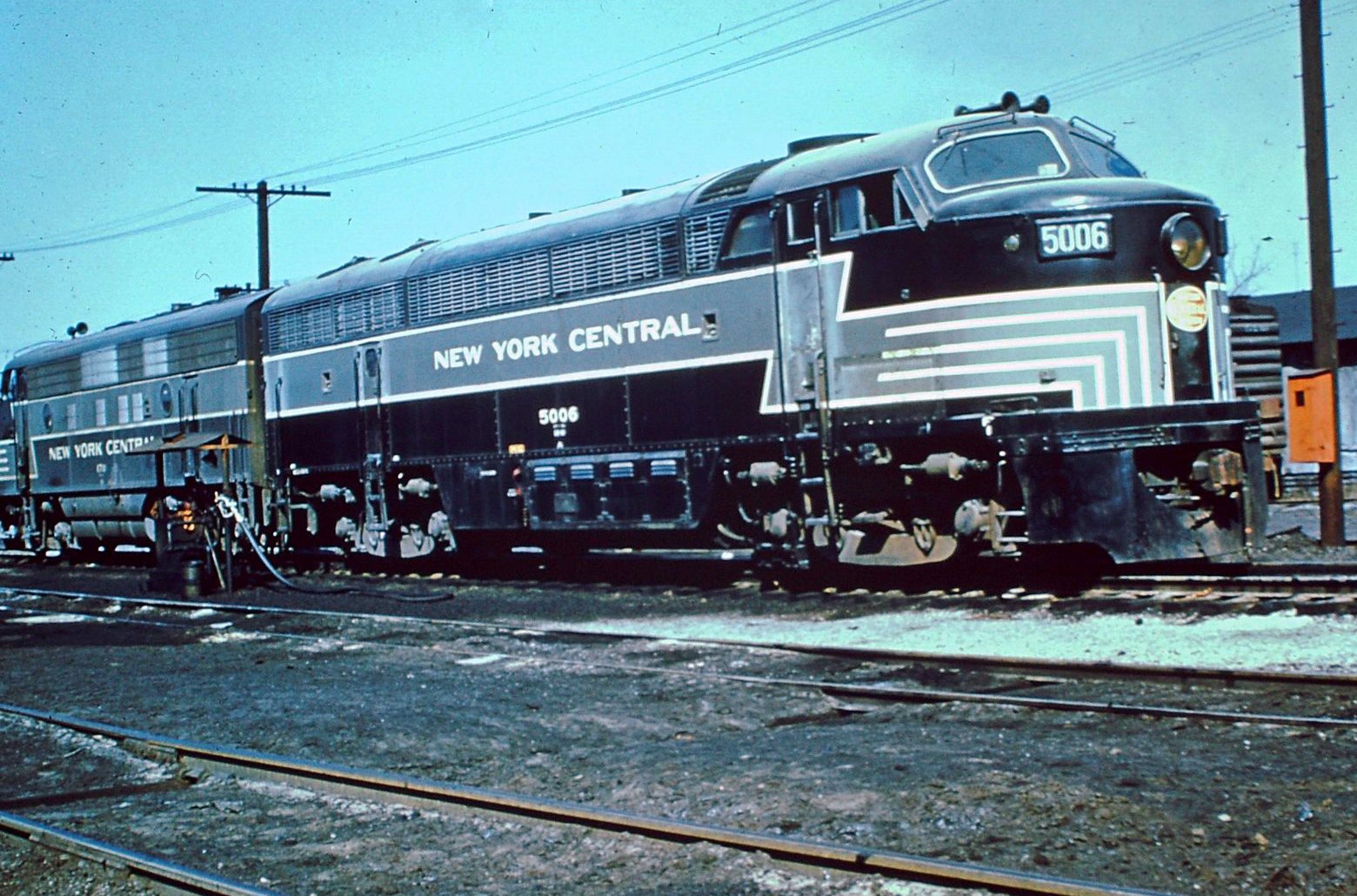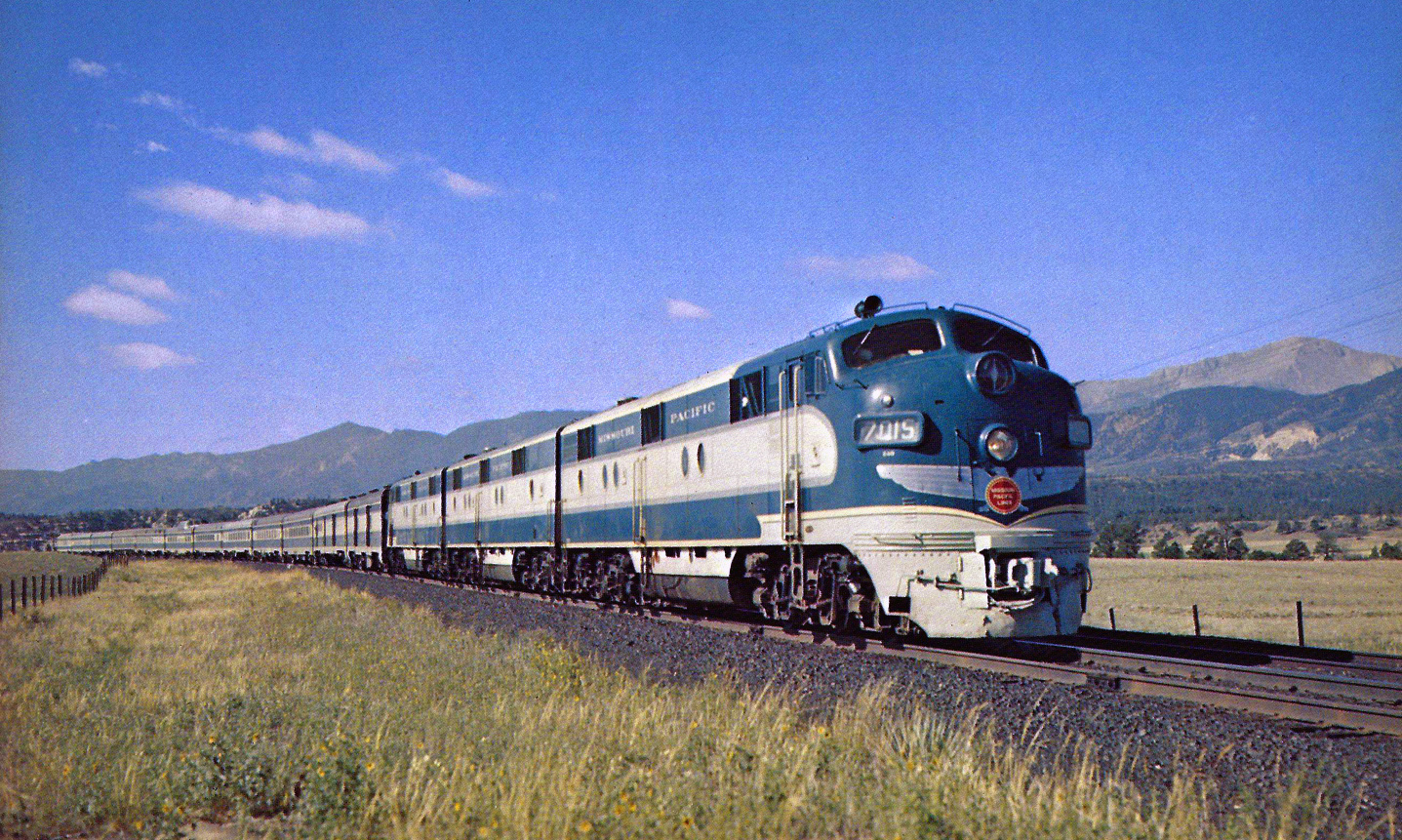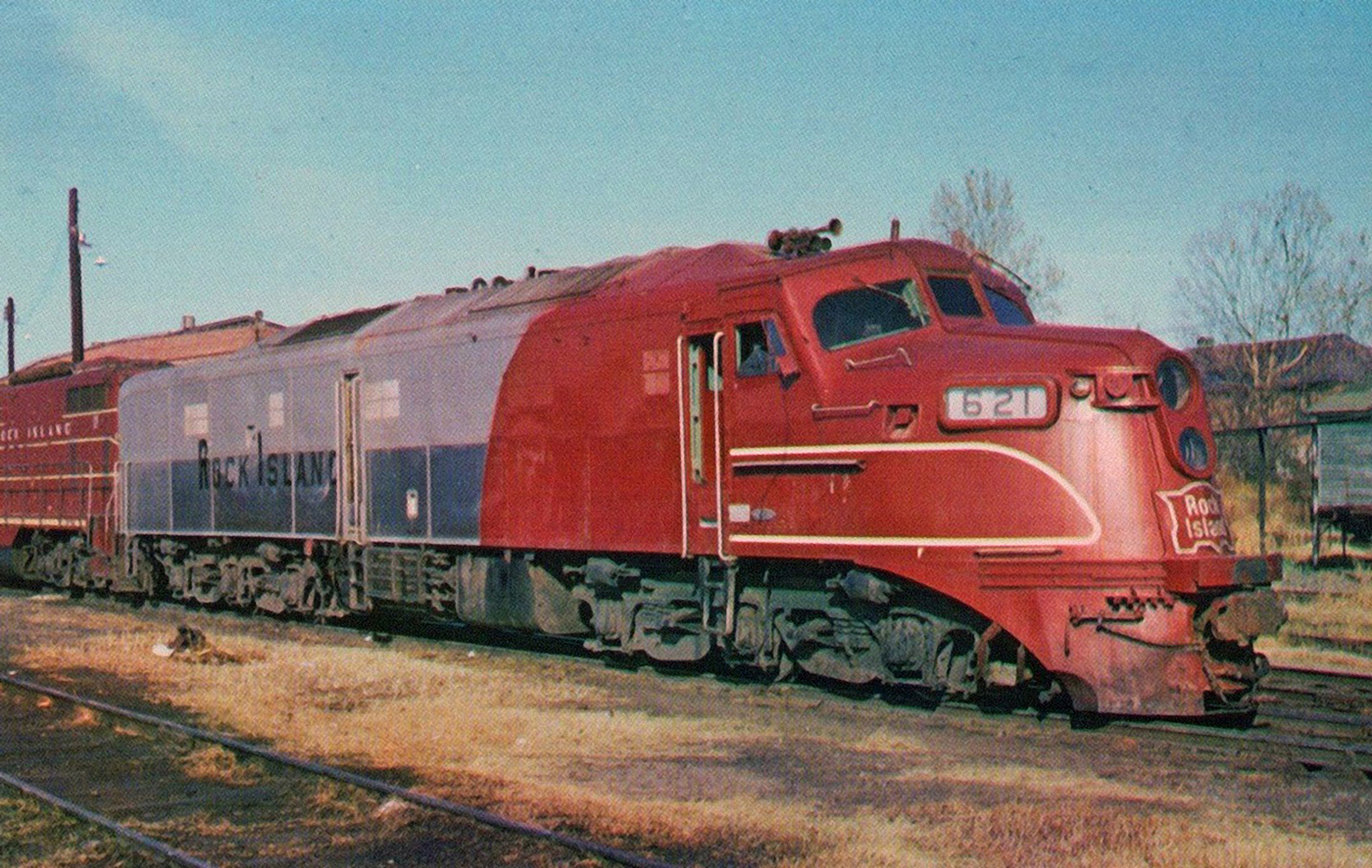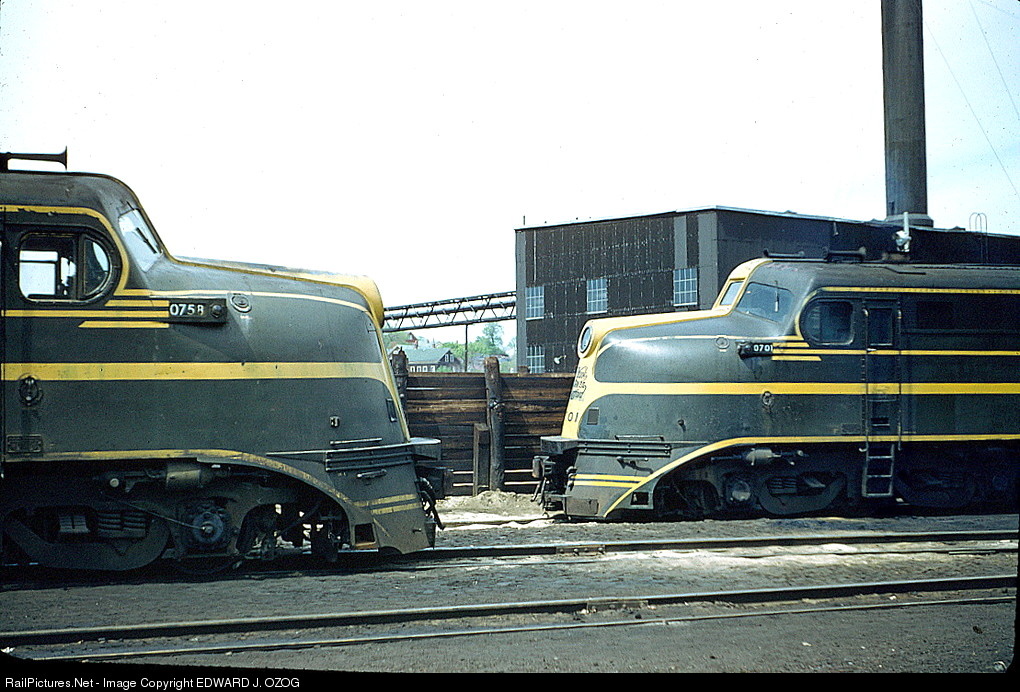02Pilot said:On the subject of trainsets, any idea what this is? I spotted it on Google Maps looking for something else. It's in New Haven, CT, which may be a clue.
So I was puzzled and posted this photo over to the good folks at Reddit to see if they knew. Turns out, the reason I couldn't find a match was because I was looking at electric equipment. This is a gas-turbine set. More specifically, it's an RTL-III. After Amtrak had success with the French-built ANF T 2000 RTG Turboliners, Amtrak ordered another seven from Rohr Industries that were mechanically similar but slightly cosmetically different and called an RTL. In 1995, Amtrak and New York state collaborated on a rebuild program, called the RTL-II, where Morrison-Knudsen installed new more powerful Turbomeca Makila T1L turbines and Amtrak overhauled the interiors at their ex-New York Central Beech Grove facilities to the tune of $2 million. It was run on the Northeast Corridor and was a success, being capable of 125mph.
In 1998, Amtrak and NY again worked out a deal to rebuild all of the RTLs to RTL-IIIs to improve Northeast Corridor service. NY coughed up $185 million for track work to allow regular 125mph operations and for the rebuilds of the RTLs at Super Steel Schenectady and in return NY would take ownership of the trainsets once Amtrak accepted them into general service (Amtrak would continue to operate them though). The first two RTL-IIIs were supposed to be done in 1999, with the remaining five entering service in 2002, but the first one didn't actually enter service until April of 2003 and of the later 5, only one was ultimately rebuilt. Amtrak then withdrew the three completed RTL-IIIs from service in June of '03, citing issues with air-conditioning.
In 2004, New York sued Amtrak in federal court for $477 million, both for not operating the trainsets and for failing to complete track work in the Empire Corridor to permit regular 125-mile-per-hour operation. Amtrak mothballed the equipment at its maintenance facility in Bear, Delaware, which then caused NY to accuse Amtrak of stealing the equipment that NY had paid to rebuild and was supposed to have received ownership of and threatened to find a new vendor for intercity passenger service in the state. Amtrak replaced the Turboliner trains with conventional equipment to make amends.
In 2005 New York reached a settlement with Super Steel to end the failed program for $5.5 million, requiring them to stop work on the project, cover remaining costs, and move the four unfinished trains into storage at a nearby industrial park. This settlement, when added to the $64.8 million previously spent, brought total project expenses to $70.3 million, for three mothballed trainsets and 4 in various states of repair. In 2007, Amtrak and New York settled their own lawsuit, with Amtrak paying New York $20 million. Amtrak and New York further agreed to commit $10 million each to implement track improvements in the Empire Corridor. New York was paying $150,000 per year to store the unused incomplete trains and auctioned off its four surplus Turboliners in 2012 for $420,000, including spare parts, all of which were scrapped in 2013. The three remaining RTL trainsets owned by Amtrak are stored, with two at Bear, Delaware and the one you found at New Haven. Quite a controversial machine.
The one at Cedar Hill is #2135. Part of the RTL-III rebuild included painting it in the Acela livery, so that's why I first thought it was an Acela.








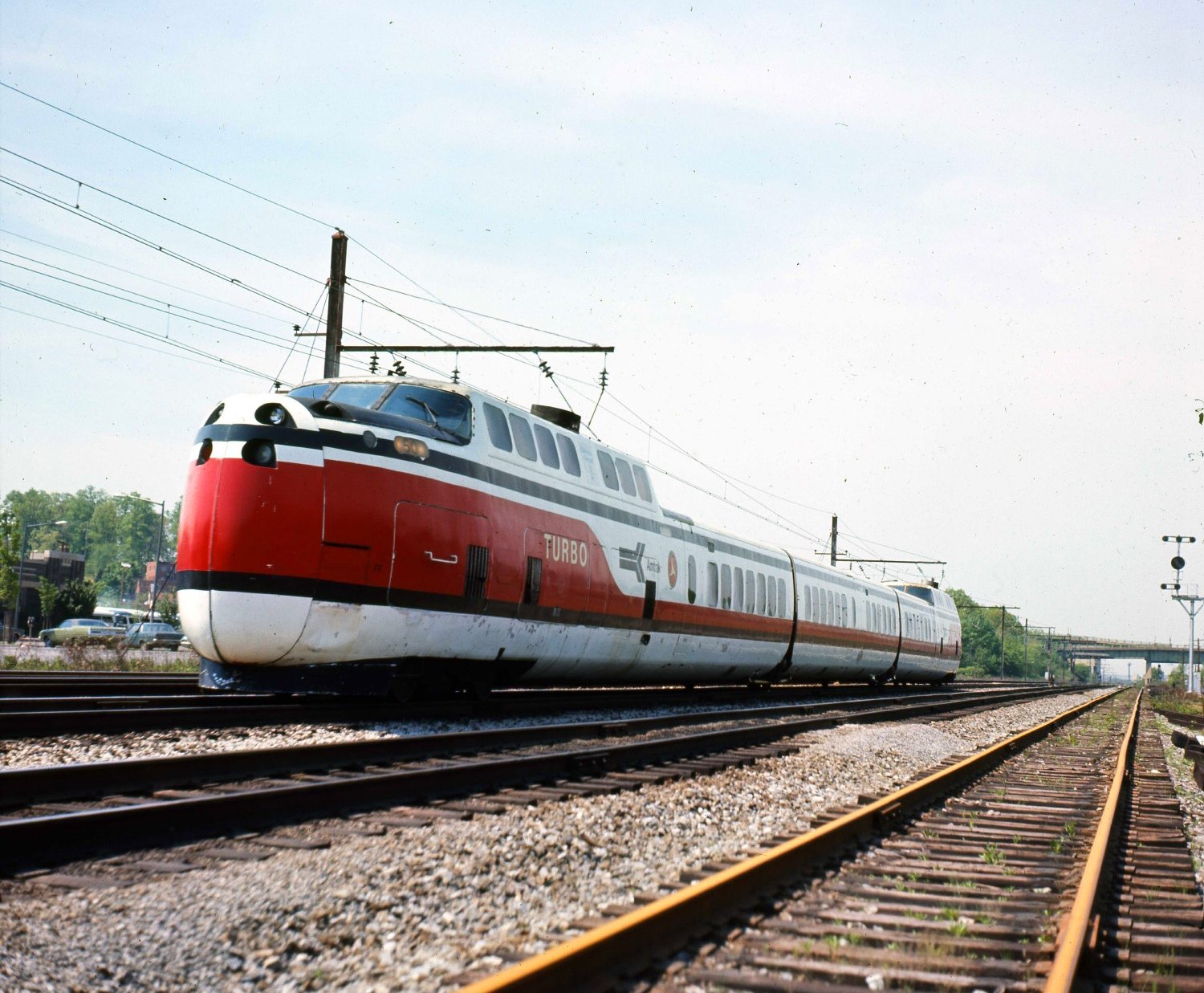


















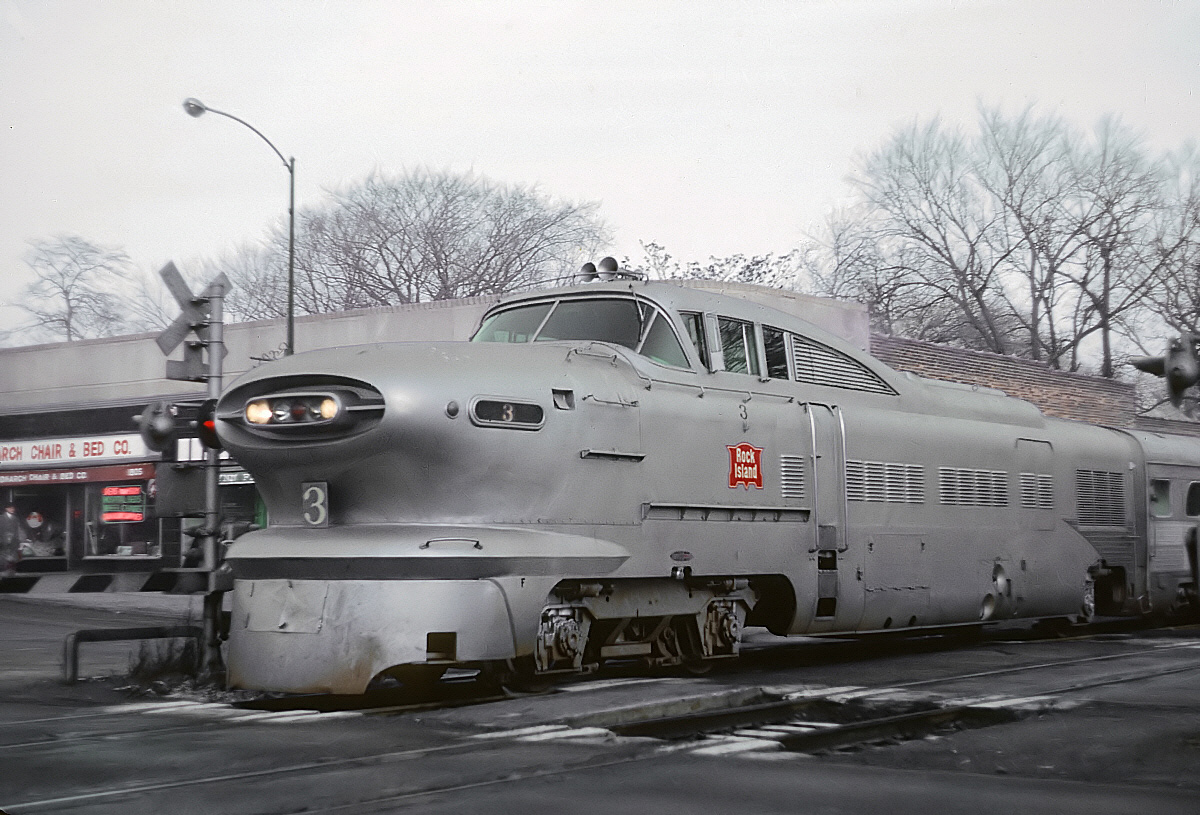
 And EMD E8s
And EMD E8s


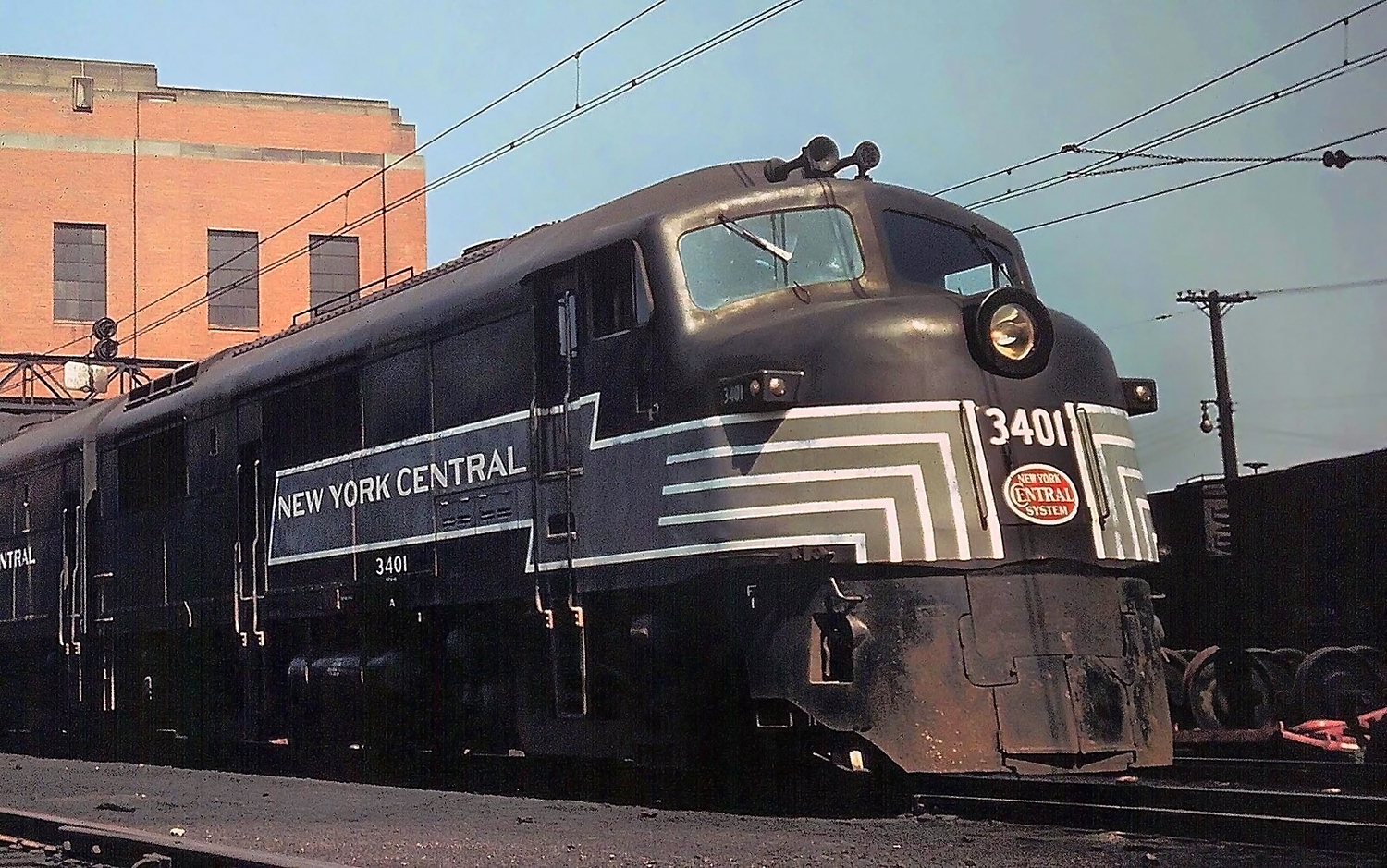 The Sharknoses sure were cool though
The Sharknoses sure were cool though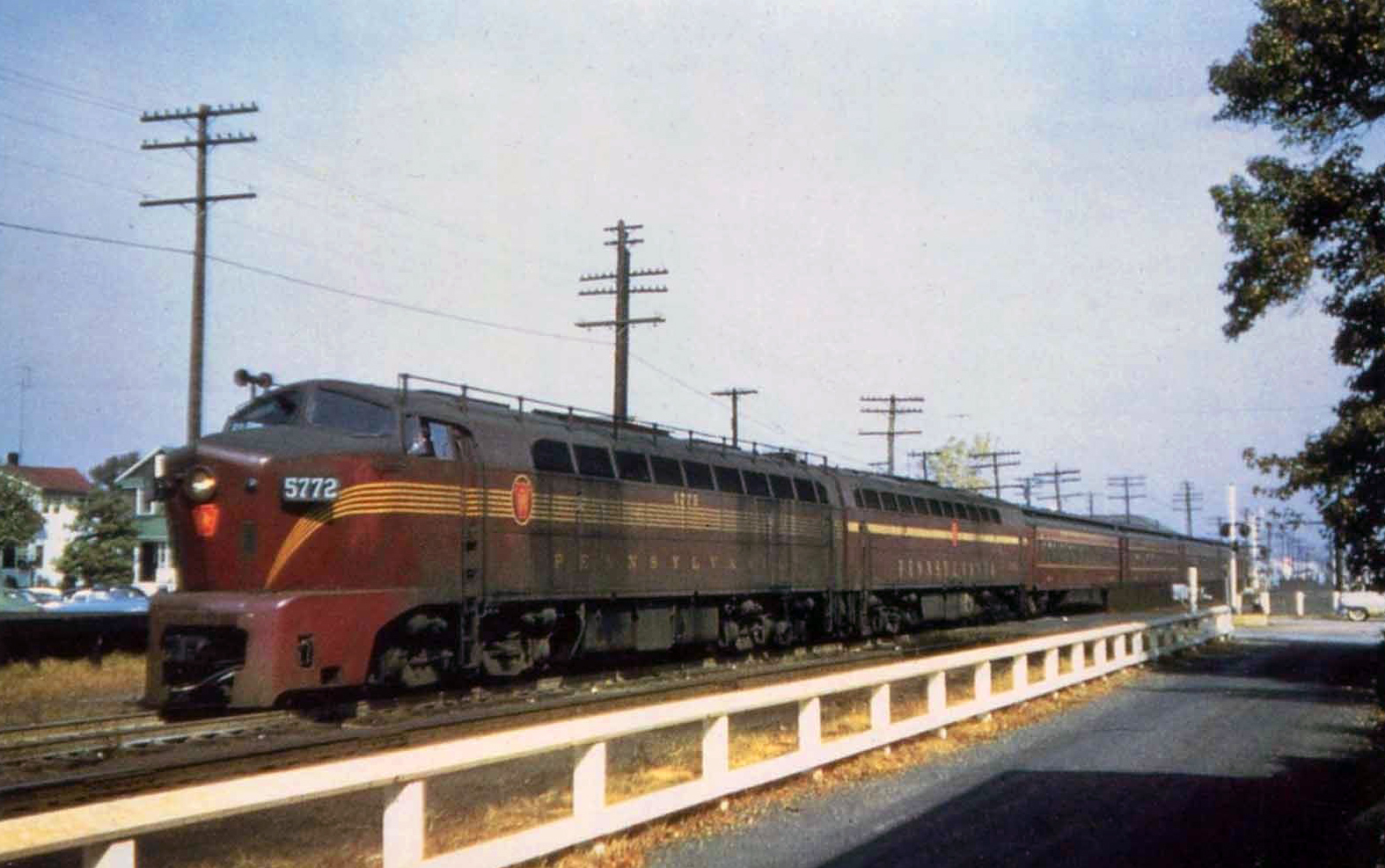 And then FM had the Erie Builts
And then FM had the Erie Builts And the C-Liners
And the C-Liners